- Battery Manufacturing Equipment
- Battery Laboratory Assembly Equipment
- Battery Pack Assembly Equipment
- Sodium Ion Battery Manufacturing Equipment
- Dry Electrode Assembly Equipment
- Supercapacitor Assembly Equipment
- Battery Laboratory Equipment
- Li ion Battery Tester
- Battery Safety Tester
- Battery Material Tester
- Film Coating Machine
- Rolling Press Machine
- Electrode Mixer
- Coin Cell Crimping Machine
- Coin Cell Electrode Disc Punching
- Pouch Cell Sealing Machine
- Pouch Cell Stacking Machine
- Pouch Cell Forming Machine
- Pouch Cell Ultrasonic Welder
- Pouch Cell Electrode Die Cutter
- Cylinder Cell Sealing Machine
- Cylinder Cell Grooving Machine
- Cylinder Cell Slitting Machine
- Cylinder Cell Winding Machine
- Cylinder Cell Spot Welding Machine
- Electrolyte Filling
- Type Test Cell
- Other Battery Making Machine
- NMP Solvent Treatment System
- Li ion Battery Materials
- Ni / Al / Cu Metal Foam
- Cathode Active Materials
- Anode Active Materials
- Coin Cell Parts
- Lithium Chip
- Cylindrical Cell Parts
- Battery Current Collectors
- Battery Conductive Materials
- Electrolyte
- Battery Binder
- Separator and Tape
- Aluminum Laminate Film
- Nickel Strip/Foil
- Battery Tabs
- Graphene Materials
- Cu / Al / Ni / Stainless steel Foil
- Vacuum Glove Box
- Lab Furnaces
- Ball Mill
- Hydraulic Press
- Laboratory Equipment
- Customized Electrode
blog
Prismatic cell manufacturing plant
- 2023-05-26
Here is a comprehensive construction plan for a prismatic cell manufacturing plant:
1.Facility Layout and Infrastructure:
Site Selection: Choose a suitable location with adequate space for the plant, considering factors like access to transportation, utilities, and future expansion possibilities.
Building Design: Design a facility layout that includes production areas, storage areas, quality control laboratories, office spaces, and employee facilities.
Utilities: Ensure availability and proper installation of utilities such as electricity, water, compressed air, and HVAC systems to support the manufacturing processes.
2.Manufacturing Equipment and Machinery:
Electrode Preparation: Install equipment for electrode manufacturing, including coating machines,Battery Electrode Slitter Machine, drying ovens, Electrode calendaring machines, and electrode assembly lines.
Cell Assembly: Set up automated cell assembly lines equipped with machinery for stacking electrodes, applying electrolyte, sealing, and tab welding.
Formation and Aging: Install formation equipment for initial cell charging and aging, including formation racks, cycling chambers, and monitoring systems.
Testing and Quality Control: Establish testing stations with equipment for measuring cell performance, capacity, impedance, and safety characteristics.
Packaging and Logistics: Arrange equipment for cell packaging, labeling, and storage, along with a logistics area for shipping and receiving operations.
3.Safety and Environmental Considerations:
Safety Measures: Implement safety protocols and provide necessary safety equipment, including personal protective gear, fire suppression systems, emergency exits, and evacuation plans.
Waste Management: Set up proper waste management systems to handle hazardous materials, such as electrolytes and solvents, and ensure compliance with environmental regulations.
Ventilation and Air Filtration: Install ventilation systems to control air quality and minimize exposure to harmful gases and particles generated during the manufacturing processes.
4.Quality Control and Documentation:
Quality Management System: Establish a robust quality control system to ensure adherence to product specifications, industry standards, and customer requirements.
Process Documentation: Develop detailed operating procedures, work instructions, and process flowcharts to guide employees in each step of the manufacturing process.
Data Monitoring and Analysis: Implement data collection systems and analysis tools to track production metrics, identify process improvements, and monitor product quality.
5.Workforce and Training:
Workforce Planning: Determine the required workforce based on production capacity and allocate personnel for different roles, including operators, technicians, engineers, and quality control personnel.
Training Programs: Develop comprehensive training programs to ensure that employees have the necessary skills and knowledge to operate equipment, follow procedures, and maintain quality standards.
6.Regulatory Compliance:
Certifications and Regulations: Familiarize yourself with industry regulations and certifications relevant to battery manufacturing, such as ISO 9001, ISO 14001, and safety standards like IEC 62133.
Compliance Audits: Conduct regular audits to assess compliance with regulations, safety practices, and environmental standards.
1.Facility Layout and Infrastructure:
Site Selection: Choose a suitable location with adequate space for the plant, considering factors like access to transportation, utilities, and future expansion possibilities.
Building Design: Design a facility layout that includes production areas, storage areas, quality control laboratories, office spaces, and employee facilities.
Utilities: Ensure availability and proper installation of utilities such as electricity, water, compressed air, and HVAC systems to support the manufacturing processes.
2.Manufacturing Equipment and Machinery:
Electrode Preparation: Install equipment for electrode manufacturing, including coating machines,Battery Electrode Slitter Machine, drying ovens, Electrode calendaring machines, and electrode assembly lines.
Cell Assembly: Set up automated cell assembly lines equipped with machinery for stacking electrodes, applying electrolyte, sealing, and tab welding.
Formation and Aging: Install formation equipment for initial cell charging and aging, including formation racks, cycling chambers, and monitoring systems.
Testing and Quality Control: Establish testing stations with equipment for measuring cell performance, capacity, impedance, and safety characteristics.
Packaging and Logistics: Arrange equipment for cell packaging, labeling, and storage, along with a logistics area for shipping and receiving operations.
3.Safety and Environmental Considerations:
Safety Measures: Implement safety protocols and provide necessary safety equipment, including personal protective gear, fire suppression systems, emergency exits, and evacuation plans.
Waste Management: Set up proper waste management systems to handle hazardous materials, such as electrolytes and solvents, and ensure compliance with environmental regulations.
Ventilation and Air Filtration: Install ventilation systems to control air quality and minimize exposure to harmful gases and particles generated during the manufacturing processes.
4.Quality Control and Documentation:
Quality Management System: Establish a robust quality control system to ensure adherence to product specifications, industry standards, and customer requirements.
Process Documentation: Develop detailed operating procedures, work instructions, and process flowcharts to guide employees in each step of the manufacturing process.
Data Monitoring and Analysis: Implement data collection systems and analysis tools to track production metrics, identify process improvements, and monitor product quality.
5.Workforce and Training:
Workforce Planning: Determine the required workforce based on production capacity and allocate personnel for different roles, including operators, technicians, engineers, and quality control personnel.
Training Programs: Develop comprehensive training programs to ensure that employees have the necessary skills and knowledge to operate equipment, follow procedures, and maintain quality standards.
6.Regulatory Compliance:
Certifications and Regulations: Familiarize yourself with industry regulations and certifications relevant to battery manufacturing, such as ISO 9001, ISO 14001, and safety standards like IEC 62133.
Compliance Audits: Conduct regular audits to assess compliance with regulations, safety practices, and environmental standards.
By following this construction plan, a prismatic cell manufacturing plant can be established to produce high-quality lithium-ion battery cells efficiently and meet the growing demand for energy storage solutions in various industries.
HOT PRODUCTS
-
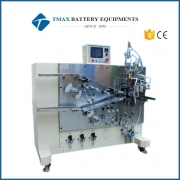 Automatic Cylinderical Battery Electrode Winding Machine
Read More
Automatic Cylinderical Battery Electrode Winding Machine
Read More
-
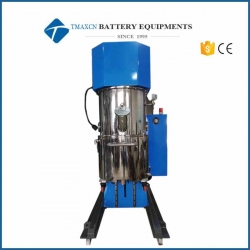 100-200L Double Planetary Vacuum Mixing Machine for Lithium Battery Slurry
Read More
100-200L Double Planetary Vacuum Mixing Machine for Lithium Battery Slurry
Read More
-
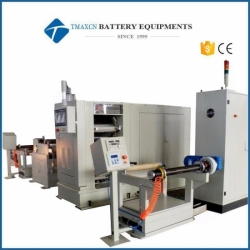 Large Heating Roller Press Machine Calender For Li ion Battery Production Line
Read More
Large Heating Roller Press Machine Calender For Li ion Battery Production Line
Read More
-
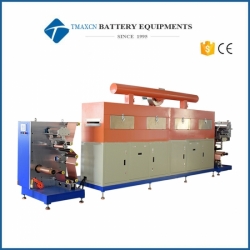 Large 3 Rollers Battery Electrode Film Intermittent Coating Machine for Pilot Production Line
Read More
Large 3 Rollers Battery Electrode Film Intermittent Coating Machine for Pilot Production Line
Read More
-
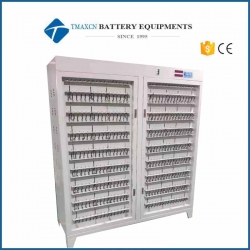 512 Channel 5V3A Battery Grading Machine/Battery Charge Discharge Machine Tester
Read More
512 Channel 5V3A Battery Grading Machine/Battery Charge Discharge Machine Tester
Read More


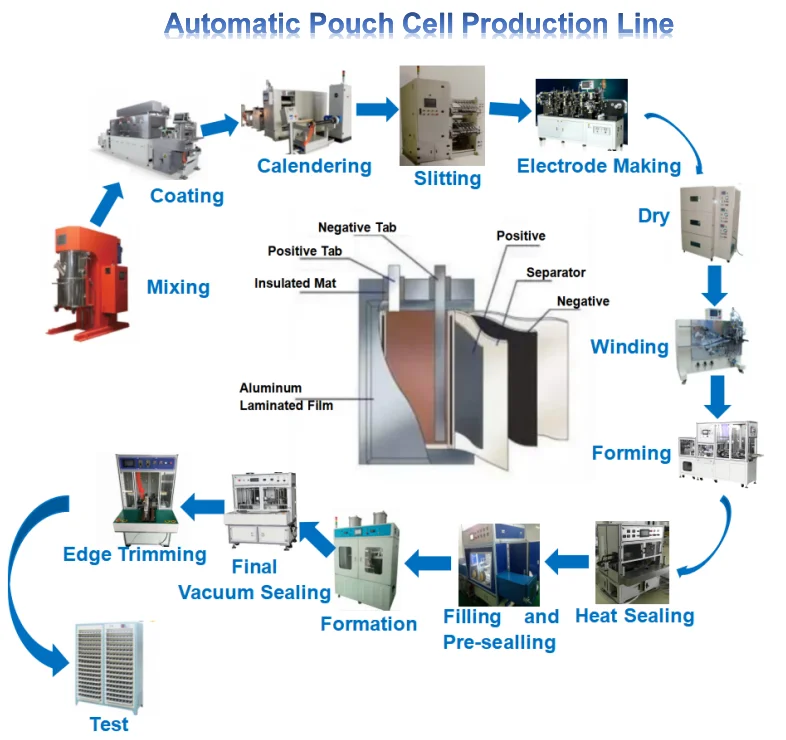
 cindy@tmaxcn.com
cindy@tmaxcn.com David@battery-equipments.com
David@battery-equipments.com Wechat 13506084915
Wechat 13506084915